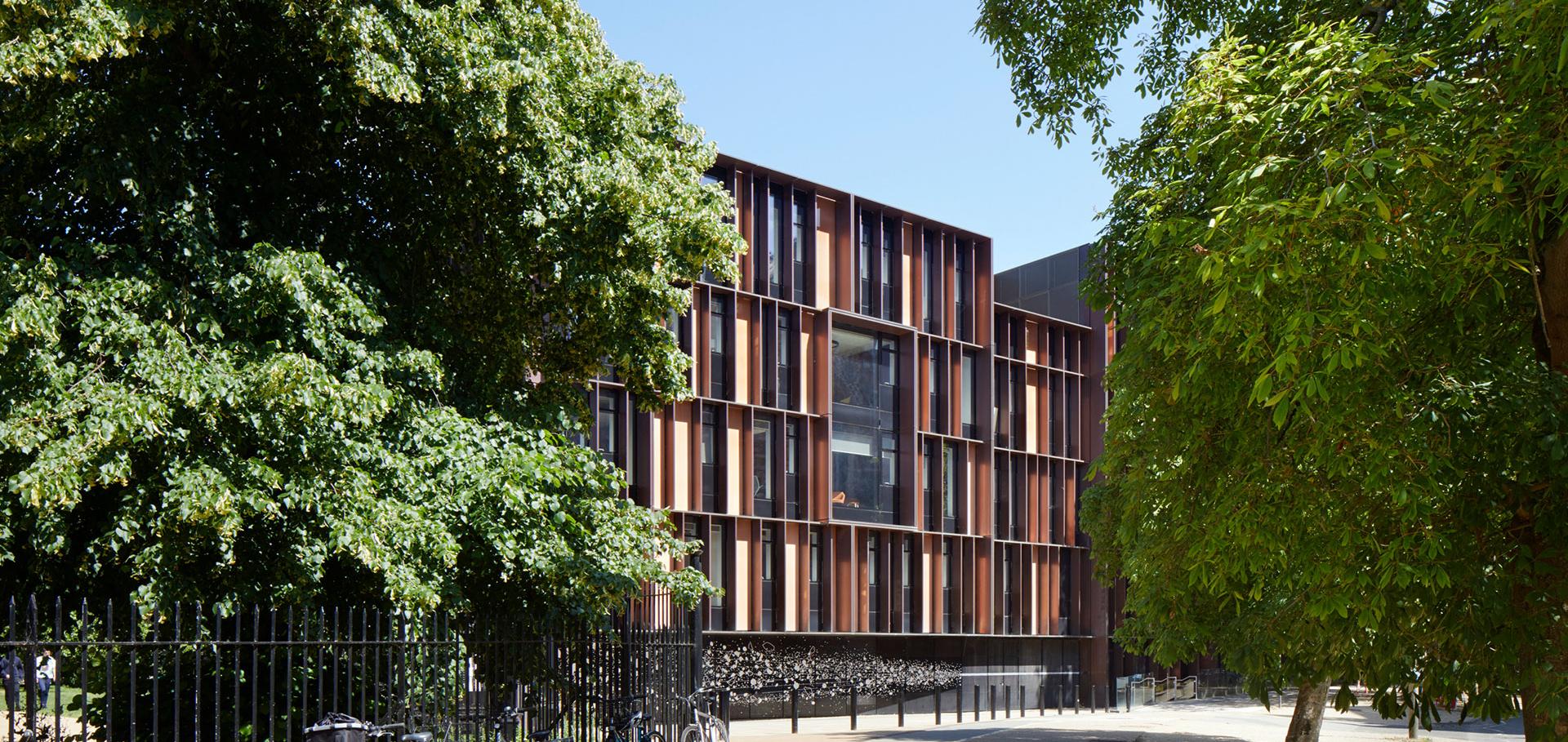Time-resolved momentum imaging of UV photodynamics in structural isomers of iodopropane probed by site-selective XUV ionization
Physical Chemistry Chemical Physics Royal Society of Chemistry (2025)
Abstract:
The photodynamics of 1- and 2-iodopropane (1 and 2-IP) were studied in a time-resolved scheme incorporating ultraviolet (UV) excitation and extreme ultraviolet (XUV) probing, which initiates photoionization selectively from the I 4d core orbital. UV absorption in the A-band of both isomers leads to prompt C-I bond fission, with significant disposal of internal energy into the propyl radical product. Site-selective ionization enables a range of charge transfer (CT) processes between the nascent highly charged iodine ions and neutral propyl radicals, dependent on the interfragment distance at the instant of ionization. Subtle differences in the dynamics of these CT processes between the two isomers are observed. In 1-IP, the kinetic energies of iodine ions produced by UV photodissociation and subsequent XUV multiple ionization increased notably over the first few hundred femtoseconds, which could be understood in terms of differing gradients along the photodissociation coordinates of the neutral and polycationic states involved in the pump and probe steps, respectively. Led by a recent report of HI elimination in UV photoexcited 2-IP [Todt et al., Phys. Chem. Chem. Phys., 22(46), 27338 (2020)], we also model the most likely signatures of this process in the present experiment, and can identify signal in the 2-IP data (that is absent or significantly weaker in the data from the unbranched 1-IP isomer) that is consistent with such a process occurring on ultrafast timescales.The femtochemistry of nitrobenzene following excitation at 240 nm
Communications Chemistry Nature Research 8:1 (2025) 268
Abstract:
Although the photochemistry of nitrobenzene has been extensively studied, the assignment of fragmentation channels and their specific dynamics remains challenging. Here the photochemistry of nitrobenzene following 240 nm excitation into its S4 excited singlet state is investigated by femtosecond laser-induced ionization using an intense 800 nm pulse, coupled with time-resolved Coulomb explosion imaging and covariance mapping. We assign photochemical channels by observing correlations between the molecular fragment ions of the associated product pairs, enabling the time-resolved dynamics of channels leading to NO, NO2, and C6H5NO to be fully characterized. NO is produced via two distinct pathways, leading to translationally cold and hot photofragments with risetimes of ~ 8 ps and ~ 14 ps, respectively. NO2 photofragments are characterised by a bimodal risetime of ~ 8 ps and ≳ 2 ns, and can be detected within the first picosecond following ultra-violet photon absorption. C6H5NO is formed with a risetime of 17 ps. Kinetic energy disposals determined for the three chemical channels agree well with previous work. The techniques employed offer new opportunities to study the time-resolved photochemistry of relatively complex molecules in the gas phase.Time-resolved probing of the iodobenzene C-band using XUV-induced electron transfer dynamics
ACS Physical Chemistry Au American Chemical Society 4:6 (2024) 620-631
Abstract:
Time-resolved extreme ultraviolet spectroscopy was used to investigate photodissociation within the iodobenzene C-band. The carbon–iodine bond of iodobenzene was photolyzed at 200 nm, and the ensuing dynamics were probed at 10.3 nm (120 eV) over a 4 ps range. Two product channels were observed and subsequently isolated by using a global fitting method. Their onset times and energetics were assigned to distinct electron transfer dynamics initiated following site-selective ionization of the iodine photoproducts, enabling the electronic states of the phenyl fragments to be identified using a classical over-the-barrier model for electron transfer. In combination with previous theoretical work, this allowed the corresponding neutral photochemistry to be assigned to (1) dissociation via the 7B2, 8A2, and 8B1 states to give ground-state phenyl, Ph(X), and spin–orbit excited iodine and (2) dissociation through the 7A1 and 8B2 states to give excited-state phenyl, Ph(A), and ground-state iodine. The branching ratio was determined to be 87 ± 4% Ph(X) and 13 ± 4% Ph(A). Similarly, the corresponding amount of energy deposited into the internal phenyl modes in these channels was determined to be 44 ± 10 and 65 ± 21%, respectively, and upper bounds to the channel rise times were found to be 114 ± 6 and 310 ± 60 fs.The role of momentum partitioning in covariance ion imaging analysis
Journal of Physical Chemistry A American Chemical Society 128:22 (2024) 4548-4560
Abstract:
We present results from a covariance ion imaging study, which employs extensive filtering, on the relationship between fragment momenta to gain deeper insight into photofragmentation dynamics. A new data analysis approach is introduced that considers the momentum partitioning between the fragments of the breakup of a molecular polycation to disentangle concurrent fragmentation channels, which yield the same ion species. We exploit this approach to examine the momentum exchange relationship between the products, which provides direct insight into the dynamics of molecular fragmentation. We apply these techniques to extensively characterize the dissociation of 1-iodopropane and 2-iodopropane dications prepared by site-selective ionization of the iodine atom using extreme ultraviolet intense femtosecond laser pulses with a photon energy of 95 eV. Our assignments are supported by classical simulations, using parameters largely obtained directly from the experimental data.Two-dimensional projected-momentum covariance mapping for coulomb explosion imaging
Journal of Physical Chemistry A American Chemical Society 128:16 (2024) 3220-3229


